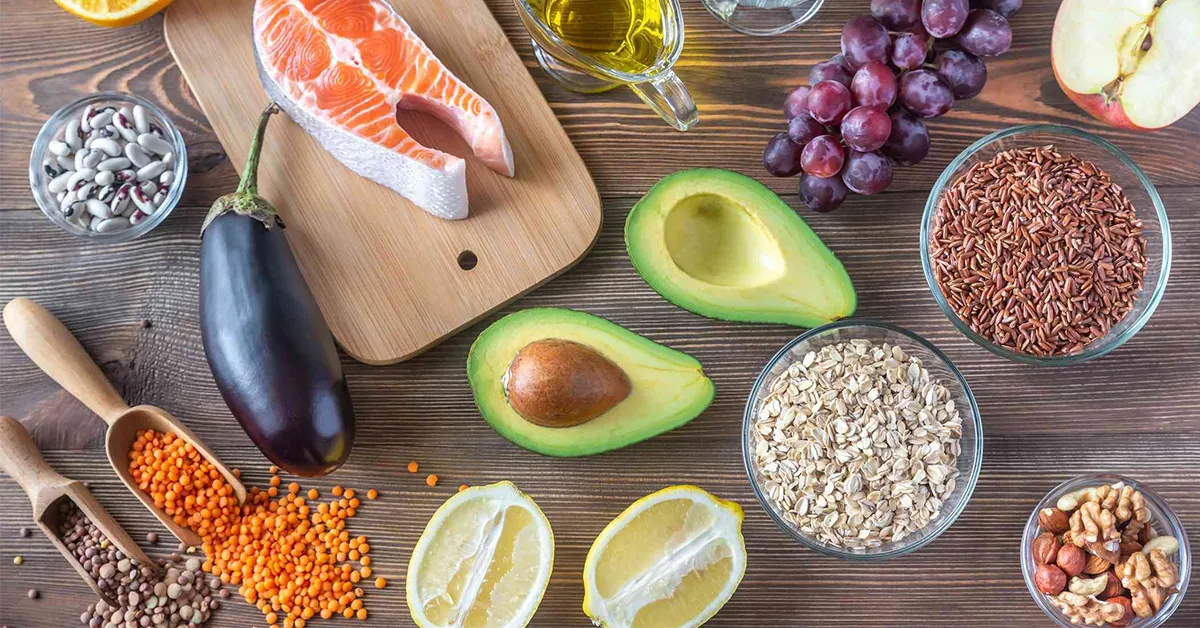1. Whole grains (oats, brown rice, quinoa, buckwheat)
Regular consumption of whole grains or their products (such as oatmeal, oat bran, etc.) can help lower total cholesterol and low-density lipoprotein (LDL) cholesterol levels, while having little effect on high-density lipoprotein (HDL) cholesterol and may even increase it.
Beta-glucan from oats and arabinoxylan from brown rice
When you eat foods containing beta-glucan and arabinoxylan, this soluble fiber forms a thick, gel-like substance in your digestive tract. This substance binds to bile acids, which are produced by the liver from cholesterol, to aid in the digestion of fats. When bile acids are bound by beta-glucan and excreted from the body, the body needs to use more cholesterol to make new bile acids, thereby reducing cholesterol levels in the blood.
The gel-like substance formed by β-glucan can also increase the residence time of food in the gastrointestinal tract, making people feel fuller for a longer period, which helps control weight and indirectly supports cardiovascular health.
How to Use Whole Grains Effectively to Lower Cholesterol
To maximize the positive effects of whole grains on cholesterol levels, it is important to note the following:
Choose whole grain oat products, such as brown rice, whole wheat bread, oatmeal, and avoid highly processed ready-to-eat products, which may contain more added sugars.
Eat in moderation: It is recommended to consume at least 3 grams of beta-glucan per day, which usually means eating about 70 grams of oats per day.
Pair with a healthy diet: Although oats are beneficial, to achieve the best results, they should be combined with a balanced diet and regular exercise. Minimize the intake of saturated fat and trans fats, and eat more fruits, vegetables, whole grains and lean protein sources.
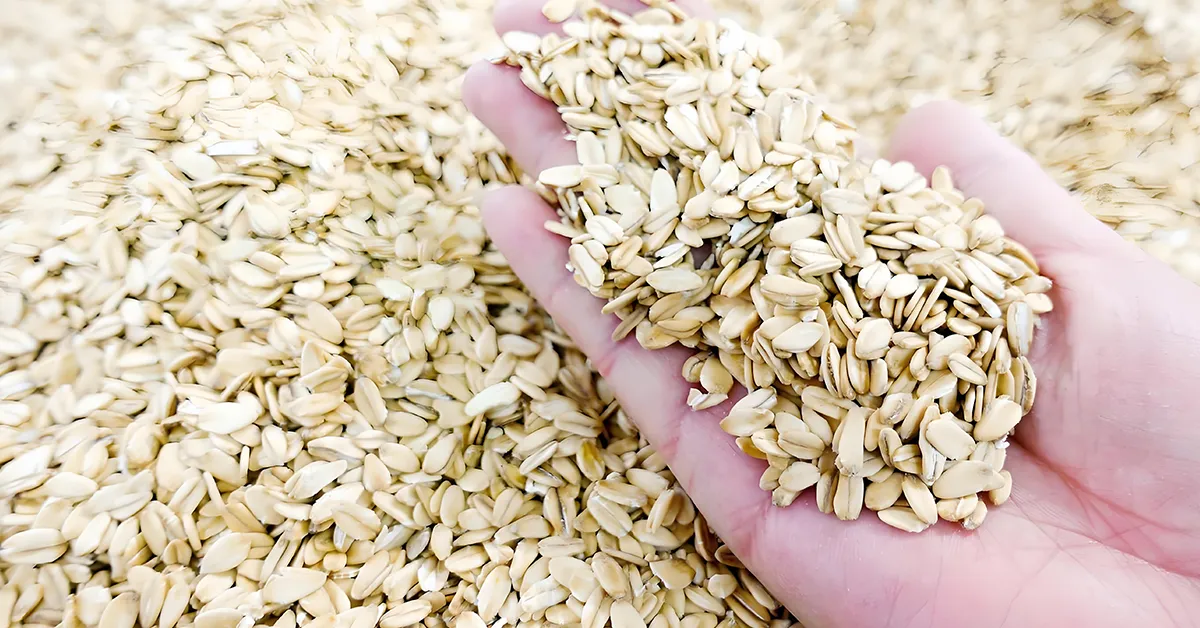
2. Beans and bean products (chickpeas, lentils)
Legumes, such as chickpeas, lentils, black beans and adzuki beans, are ideal for lowering cholesterol, thanks to their high content of many nutrients, especially dietary fiber, plant protein and a range of micronutrients.
Dietary fiber
Beans are rich in soluble fiber, especially beta-glucan (also found in oats) and pectin. Like oats, they can reduce cholesterol absorption.
In addition to directly lowering cholesterol, dietary fiber can promote intestinal peristalsis, maintain intestinal flora balance, and contribute to overall digestive health.
Plant Protein
Although plant protein may not be as high quality as animal protein, by properly combining different types of beans and other plant foods, you can get all the essential amino acids and meet your nutritional needs.
Antioxidants
Beans are rich in antioxidants, such as flavonoids and polyphenols, which can fight free radical damage, reduce inflammation, and protect blood vessel walls from damage, thereby helping to prevent arteriosclerosis.
Certain beans also contain minerals such as potassium and magnesium, which help regulate blood pressure and are good for heart health.
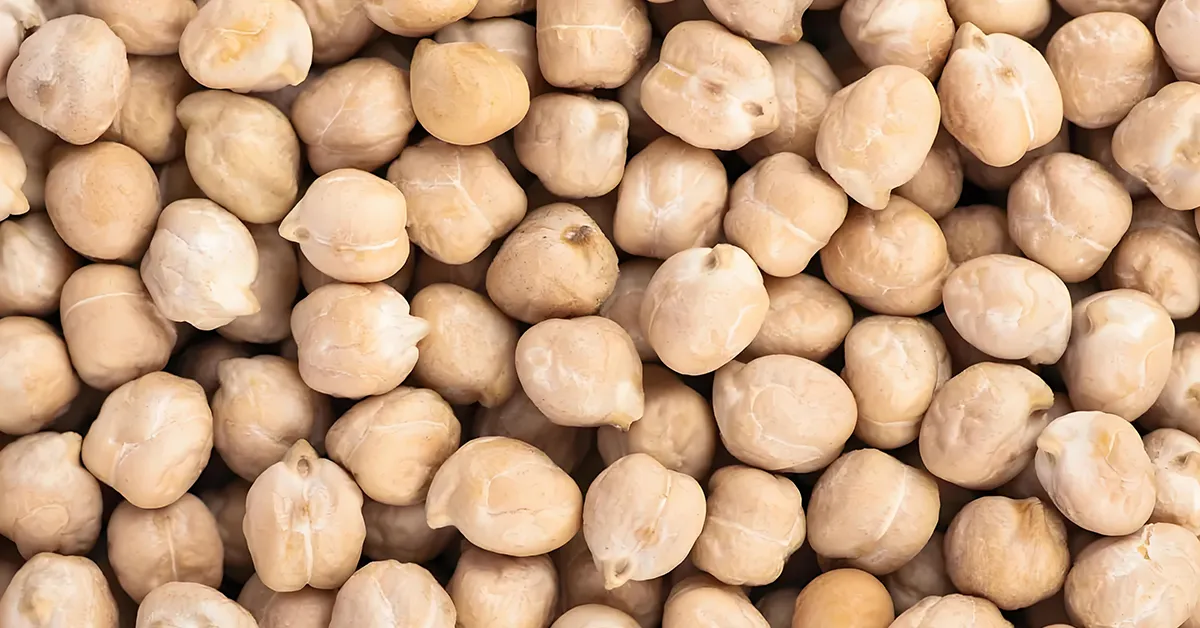
3. Nuts (almonds, walnuts, cashews)
Nuts, such as almonds, walnuts, cashews and Brazil nuts, are widely recommended as a part of your daily diet due to their rich nutritional content and health benefits. Especially for lowering cholesterol levels, nuts have a significant effect.
Healthy fats
Nuts are rich in two types of unsaturated fatty acids, monounsaturated fatty acids (MUFA) and polyunsaturated fatty acids (PUFA), which help increase the level of high-density lipoprotein in the blood and reduce the level of low-density lipoprotein. Specifically, monounsaturated fatty acids can reduce harmful oxidized LDL cholesterol in the body, which is a form that is particularly prone to cause arteriosclerosis.
Certain nuts, especially walnuts, are high in omega-3 fatty acids, which are particularly beneficial for heart health, can reduce inflammation and improve blood lipid profiles.
Phytosterols
Nuts contain a certain amount of plant sterols. These compounds are similar in structure to cholesterol and compete with cholesterol for absorption sites during digestion, thereby reducing the intestinal absorption of dietary cholesterol and lowering blood cholesterol levels.
Antioxidants and other micronutrients
Nuts are one of the great sources of vitamin E, a powerful antioxidant that protects cells from free radical damage and reduces the risk of cardiovascular disease.
Nuts contain minerals such as magnesium and potassium, which help regulate blood pressure, support heart health, and indirectly contribute to lowering cholesterol.
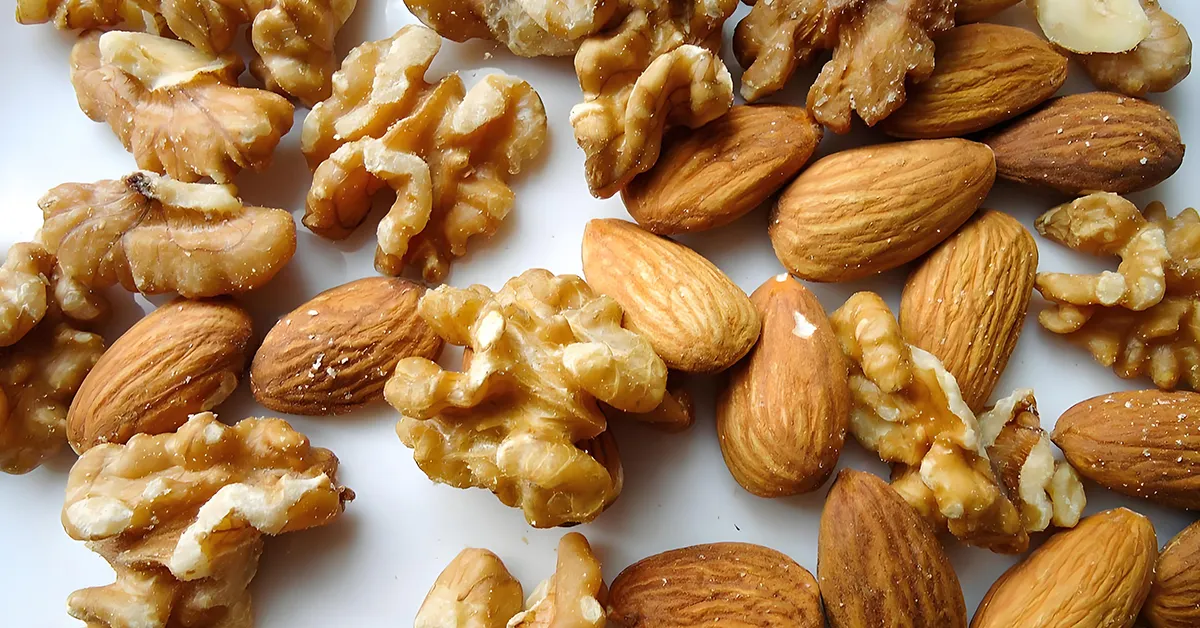
4. Fruit (apples, oranges)
Fruits, especially apples, bananas, pears, oranges, berries, and grapefruit, play an important role in lowering cholesterol because they are rich in many beneficial ingredients.
Soluble Fiber
Fights free radical damage
Fruits contain a lot of antioxidants, such as vitamin C, flavonoids and polyphenols, which can fight free radical damage, reduce inflammation and protect blood vessel walls from damage. For example, berries (such as blueberries and strawberries) are rich in anthocyanins, a powerful antioxidant that is particularly beneficial for heart health.
Lower oxidized LDL cholesterol
Oxidized low-density lipoprotein (ox-LDL) is an important factor leading to atherosclerosis. Antioxidants can help prevent LDL cholesterol from being oxidized, thereby reducing the risk of atherosclerosis.
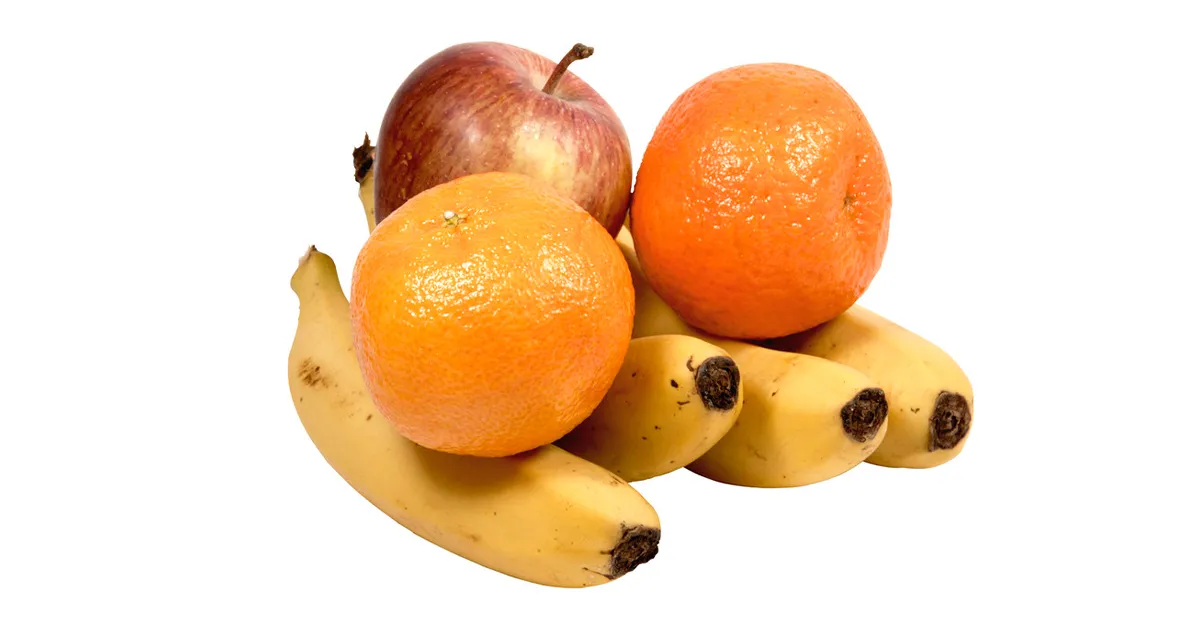
5. Vegetables (kale, spinach, carrots)
Many vegetables are rich in soluble and insoluble fiber, especially soluble fiber. Kale and carrots contain a certain amount of pectin, which is a soluble fiber. Insoluble fiber can increase the volume of food, promote intestinal peristalsis, help maintain normal digestive function, and prevent constipation and other digestive problems.
| Vegetable | Soluble fiber content | Insoluble fiber content |
| Kale | High | High |
| Spinach | Medium | Medium |
| Broccoli | High | High |
| Bell Peppers | Medium | Medium |
| Squash | High | Medium |
| Carrots | High(cooked) | High(raw) |
Mechanisms and effects of lowering cholesterol
| Vegetable | Main cholesterol-lowering ingredients | Mechanism of action | Effect |
| Kale | Soluble fiber, vitamin K | Binds bile acids and reduces absorption | LDL↓5%-15% |
| Spinach | Chlorophyll, dietary fiber | Promote metabolism and reduce absorption | Lowering LDL |
| Broccoli | Glucosinolates, fiber | Inhibits cholesterol synthesis | LDL↓6% |
| Bell Peppers | Vitamin C, carotenoids | Anti-oxidation, reduce absorption | Lowering LDL |
| Squash | Beta-carotene, fiber | Promote excretion and regulate metabolism | Lower total cholesterol |
| Carrots | Carotenoids, fiber | Reduce absorption, antioxidant | Lowering LDL |
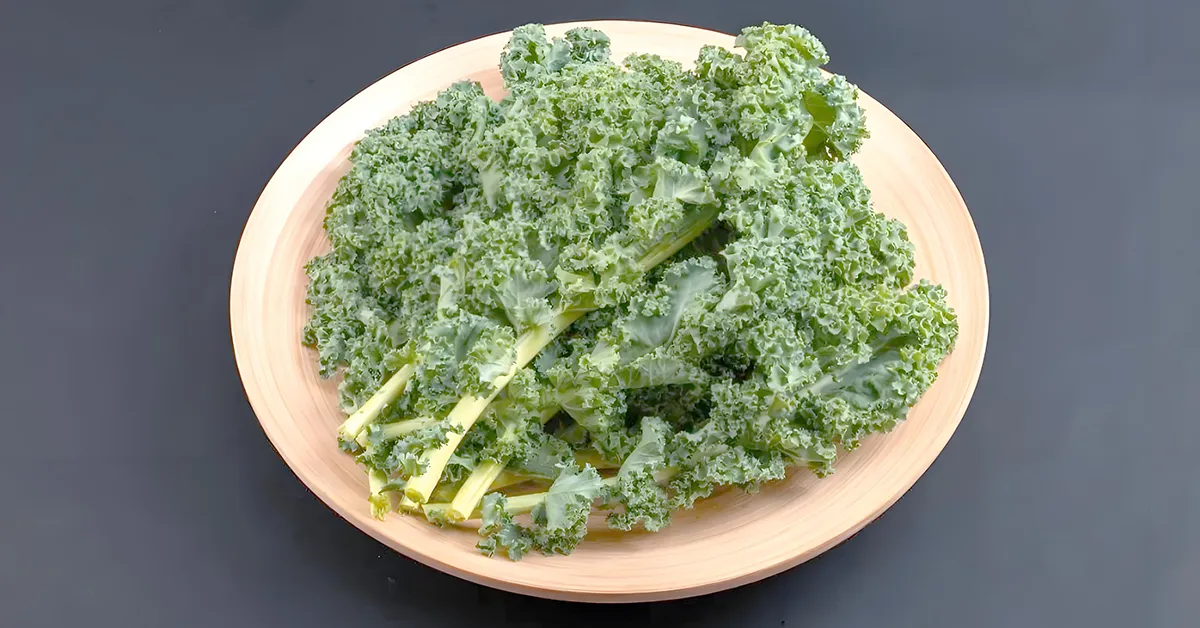
6. Flaxseed
Flaxseed has shown significant effects in lowering cholesterol due to its rich content of many health-promoting ingredients, including dietary fiber, omega-3 fatty acids (especially alpha-linolenic acid, ALA), phytosterols, and antioxidants.
Anti-Inflammation and Heart Health
Flaxseed is a great source of alpha-linolenic acid (ALA), a type of omega-3 fatty acid. ALA helps lower total cholesterol and LDL levels and may increase HDL levels.
Omega-3 fatty acids have powerful anti-inflammatory properties that can reduce chronic inflammatory states in the body and benefit heart health.
How to Use Flaxseed Effectively to Lower Cholesterol
To maximize the positive effects of flaxseed on cholesterol levels, it is important to keep in mind the following:
Grind and eat: Whole flax seeds are difficult for the human body to fully digest, so it is recommended to grind flax seeds into powder or buy pre-ground flax seed powder to ensure effective absorption of nutrients.
Eat in moderation: The recommended daily intake is 1-2 tablespoons (about 10-20 grams). Although flax seeds are good for health, they are high in calories and should be eaten in moderation to avoid excessive intake and weight gain.
Diversify your combination: You can add flax seed powder to breakfast cereals, yogurt, salads, baked goods or juices to increase the nutritional value and improve the taste.
Pay attention to storage methods: Ground flax seeds are easy to oxidize and deteriorate, so it is recommended to store them in the refrigerator and consume them as soon as possible.
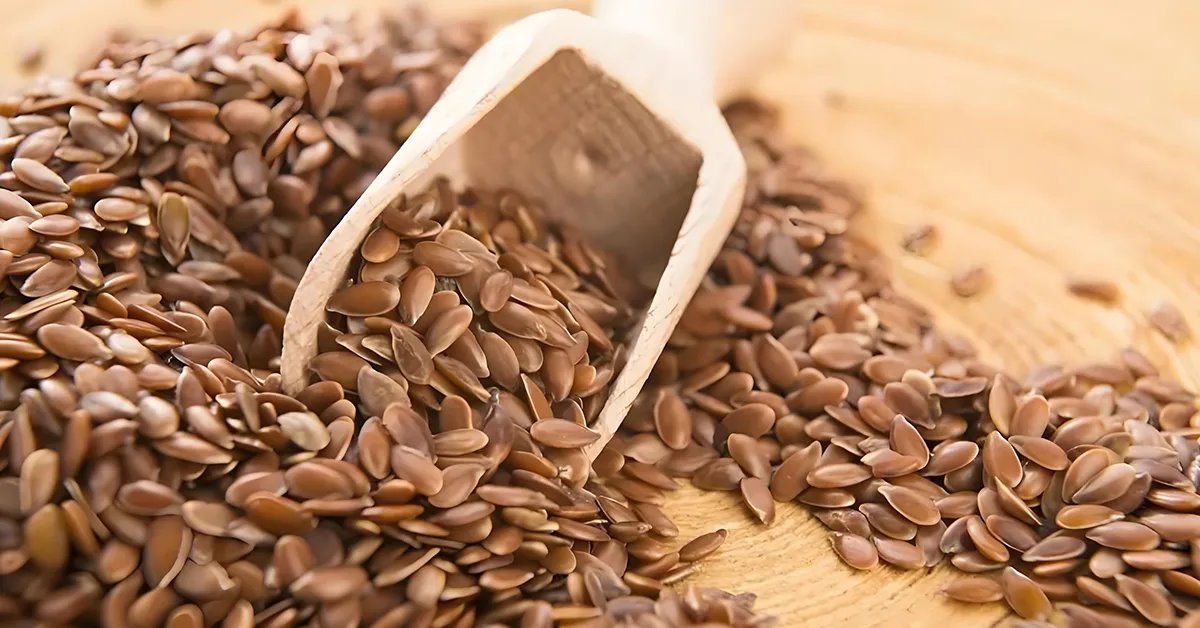
7. Garlic
Garlic, a widely used condiment and traditional herb, has the potential to lower cholesterol, and moderate consumption of garlic can help improve blood lipid profiles.
The role of sulfur compounds
Allicin is one of the most important active ingredients in garlic, with powerful antioxidant, anti-inflammatory and antibacterial properties. Allicin is produced from alliin by the action of alliinase when garlic is cut or crushed.
In addition to allicin, garlic also contains diallyl disulfide (DADS), S-allylcysteine (SAC), etc., which also have significant biological activities.
Anti-inflammatory and improve endothelial function
Garlic can reduce the production of pro-inflammatory cytokines such as tumor necrosis factor α (TNF-α) and interleukin 6 (IL-6) by inhibiting the nuclear factor κB (NF-κB) signaling pathway. These cytokines are associated with chronic inflammatory states, which are an important risk factor for cardiovascular disease. Garlic helps promote the release of nitric oxide (NO), an important vasodilator that can effectively improve endothelial function, lower blood pressure and reduce the risk of thrombosis.
Regulate lipid metabolism
Long-term consumption of garlic can slightly lower total cholesterol and LDL cholesterol levels in the blood and help increase the concentration of high-density lipoprotein.
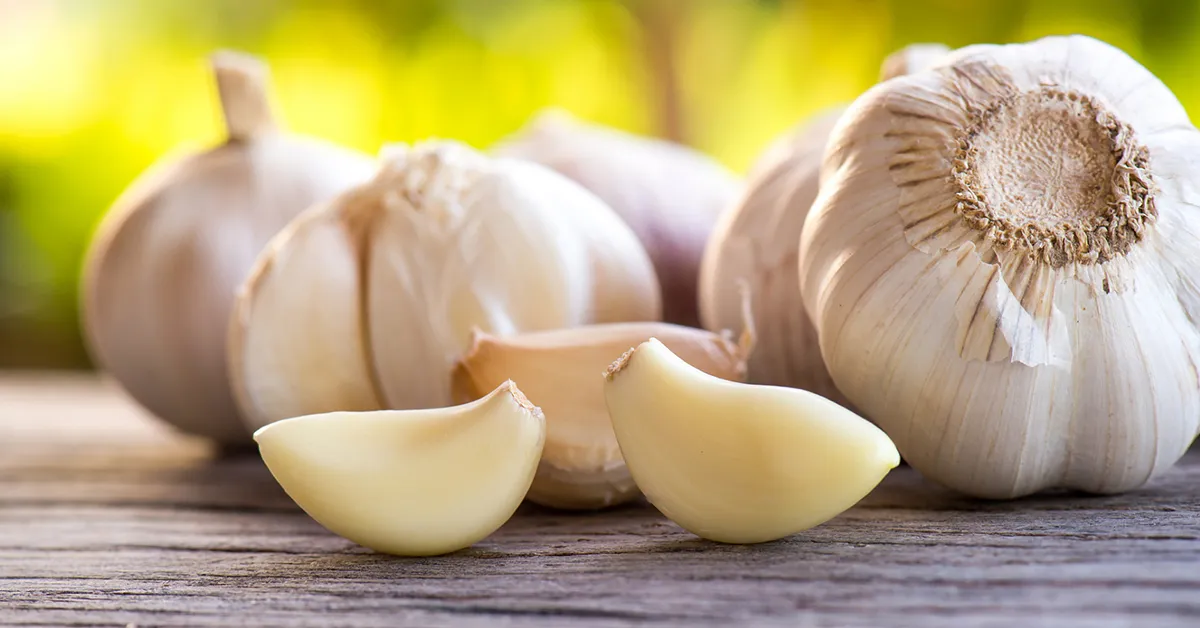
8. Fish (Salmon, Mackerel, Sardines)
Fish, especially those rich in omega-3 fatty acids such as salmon and mackerel, can help lower cholesterol levels and improve your overall lipid profile.
Omega-3 Fatty Acids
Salmon, mackerel and other fish are rich in omega-3 fatty acids, especially eicosapentaenoic acid (EPA) and docosahexaenoic acid (DHA), which can significantly reduce triglyceride levels in the blood.
Although omega-3 fatty acids have a smaller effect on total cholesterol, they help increase the proportion of high-density lipoproteins and may slightly reduce low-density lipoprotein levels.
Omega-3 fatty acids have powerful anti-inflammatory properties and can reduce chronic inflammation in the body.
High-quality protein
Fish is a good source of high-quality protein, which helps maintain or increase muscle mass and can help manage body weight, and a healthy weight helps control cholesterol levels.
Vitamin D and selenium
Fish is rich in selenium, an antioxidant that helps protect cells from free radical damage, supports immune system function, and may help reduce the risk of cardiovascular disease.
Salmon is a great source of vitamin D, which is essential for calcium absorption and bone health.
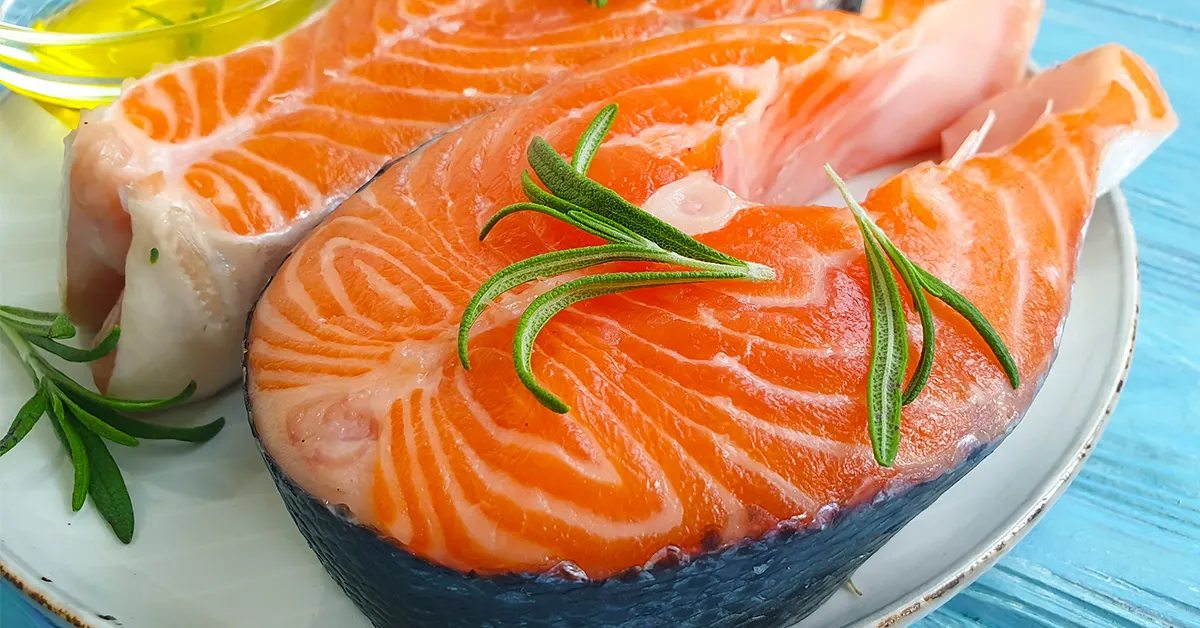
9. Avocado
Monounsaturated fatty acids (MUFAs)
Avocados are rich in monounsaturated fatty acids (such as oleic acid), which can effectively improve blood lipid profiles by replacing saturated fat in the diet with monounsaturated fats. Monounsaturated fatty acids also have anti-inflammatory effects.
Competitive inhibition of cholesterol absorption
Avocados contain a certain amount of plant sterols (such as β-sitosterol). These compounds are similar in structure to cholesterol and compete with cholesterol for absorption sites during digestion, thereby reducing the intestinal absorption of dietary cholesterol and lowering the cholesterol level in the blood.
Although avocados are good for health, due to their high calorie content (about 160 kcal per 100 grams), the recommended daily consumption is half to one avocado. Excessive intake may lead to excess calories, which are not conducive to weight management.
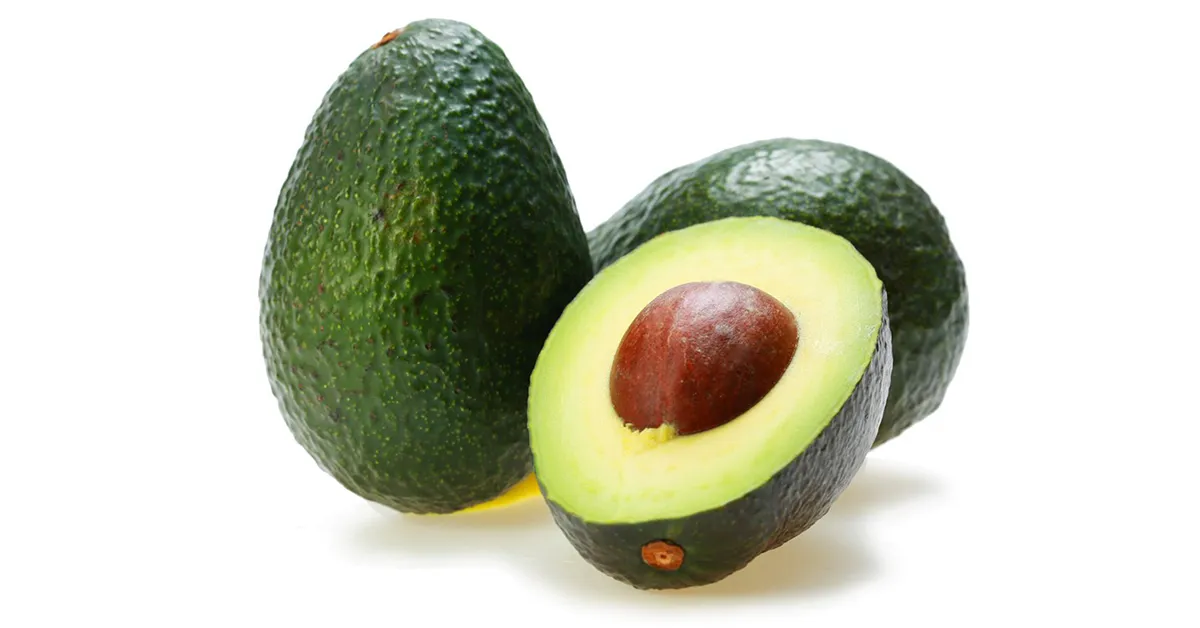
High-protein, low-cholesterol diet guidelines
Protein sources:
Plant protein (soybeans, soy products, quinoa) and low-fat animal protein (skinless chicken breast, fish, shrimp, egg white) are preferred.
Daily intake of 1.2-1.6g protein/kg body weight (e.g., 72-96g for a 60kg adult).
Avoid high-cholesterol foods:
Reduce red meat, full-fat dairy products, animal offal, and egg yolks (≤ 3 whole eggs per week).
Pairing suggestions:
Breakfast: oatmeal + soy milk + boiled eggs
Lunch: brown rice + steamed fish + cold spinach
Dinner: tofu vegetable soup + chicken breast salad
Low Cholesterol Diet Plan Menu (7-Day Sample)
Day 1
Breakfast: Oatmeal porridge (60g oats + blueberries + walnuts)
Lunch: Brown rice (100g) + steamed sea bass (150g) + broccoli with garlic
Dinner: Tofu and vegetable soup (100g northern tofu + kelp + carrots)
Day 2
Breakfast: Whole wheat bread + mashed avocado + boiled egg (1)
Lunch: Quinoa salad (80g chicken breast + spinach + cherry tomatoes)
Dinner: Grilled salmon (120g) + asparagus + mashed sweet potato
Day 3
Breakfast: Greek yogurt (sugar-free) + chia seeds + apple
Lunch: chickpea curry (with whole-wheat biscuits)
Dinner: fried mushrooms with tofu + brown rice
(For the remaining 4 days, you can cycle through the above ingredients to ensure that you consume ≥500g of vegetables, ≥100g of whole grains, and ≥80g of high-quality protein per day)

